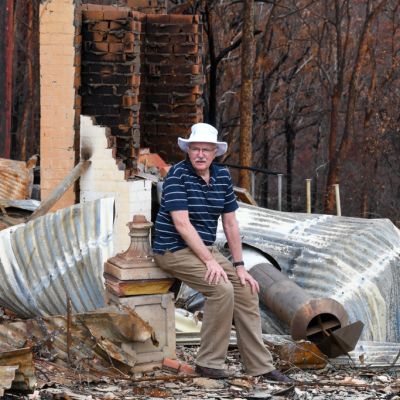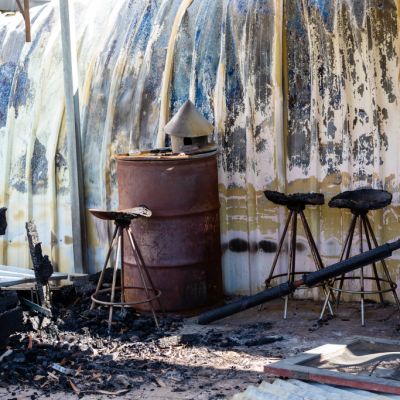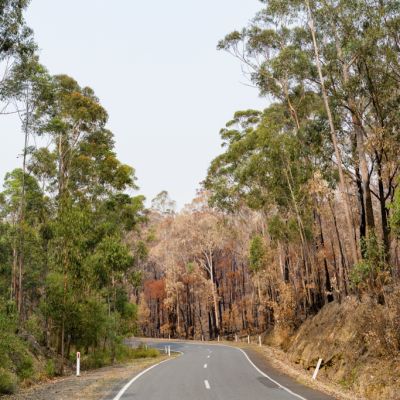How the Alpine region lost three of its busiest tourist seasons of the year because of fires and COVID-19
During what is ordinarily the three busiest seasons of the year, the Alpine region in Victoria’s north-east has been effectively shut off from the world.
Most of the tourists to the region come from Melbourne and Sydney. The latest double hit from the lockdowns in Melbourne and the border closures with NSW have, in some cases, cost businesses 90 per cent of their customers.
Even as the residents in Victoria’s mountains picked up the pieces from a horror summer and an apocalyptic autumn, many are now coming to terms with the prospect of losing yet another season to another coronavirus-related headwind.
It has been a test of epic proportions.
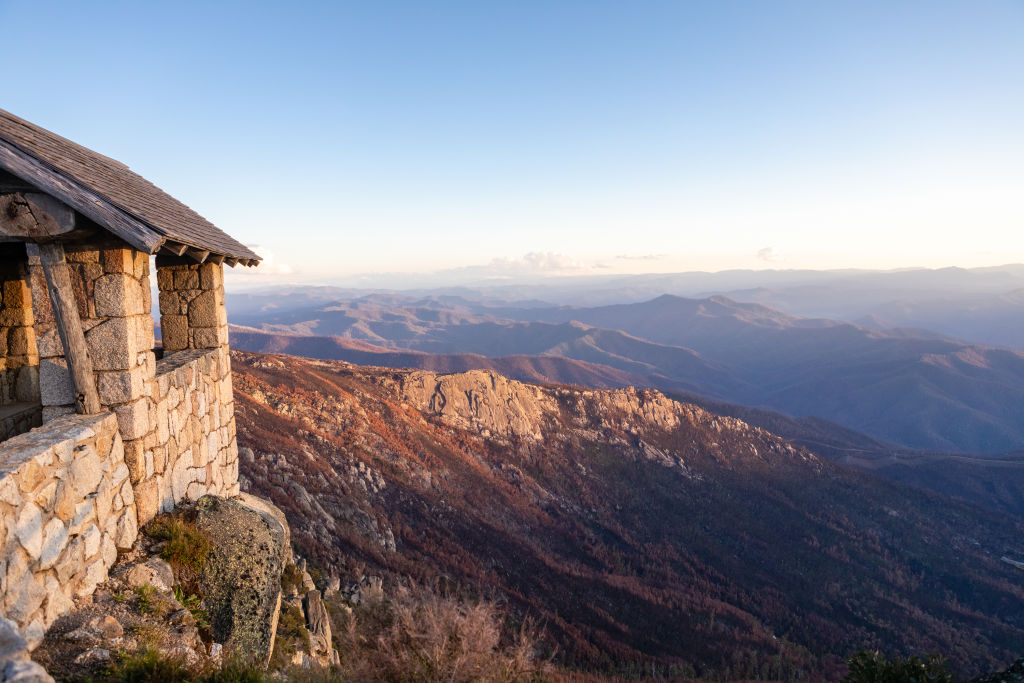
When I visited the region in late March, burnt areas of bush still bookended the region while towards the west, the dirt track to the Horn, Mount Buffalo’s highest peak, resembled the road to Mordor.
In lush green valleys, high up in the mountains near the ski village of Dinner Plain to the east, torched trees reached into rolling hills like charcoal tendrils despoiling Eden.
Amazingly, everywhere in between was untouched. But that was not to say it was unharmed. Parts of the region had been sealed off for six weeks, with locals fearing the economic damage would last. And now we know they were right to fear it.
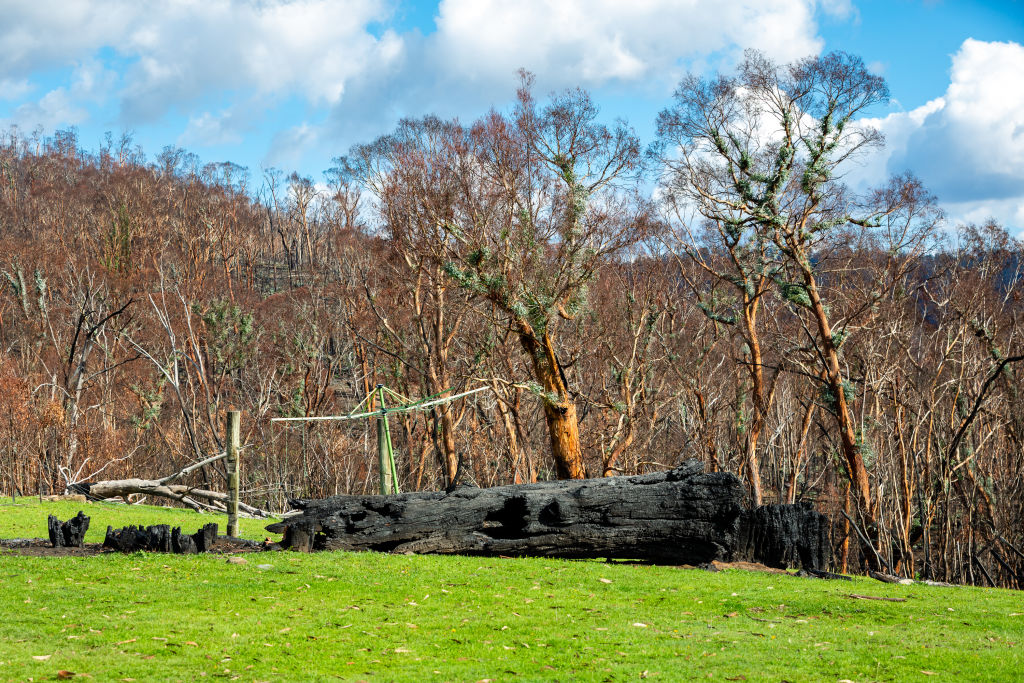
Worst hit were the short-stay accommodation providers. All locals, all small businesses, some of whom lost close to half a million dollars over the summer.
“It’s our busiest part of the year, we were all prepared, we had everything ready to go,” director of Alpine Valley Getaways Emma Hinchcliffe said. “Everyone was ready to roll and then on the second of January everything started to fall apart for us.”
Her business took a huge hit after the catastrophic fires, losing about $400,000.
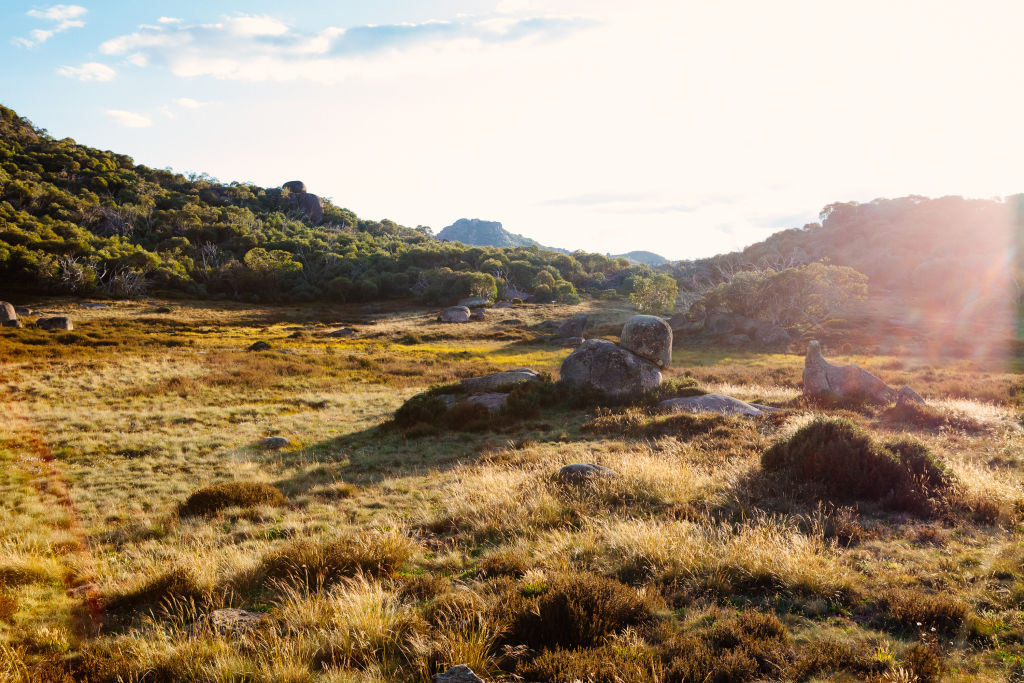
Mount Buffalo, on the western side of the Alpine region, provides plenty of entertainment for tourists in the warmer months. Thrill-seekers can be seen abseiling, having hanging picnics, mountain biking, bush walking and caving.
While slow-burning fires torched the landscape, leaving marshy lands at the plateau an unearthly brown, green is showing through in places, and, moreover, the infrastructure atop the mountain is mostly untouched.
Adventure Guides Australia’s David Chitty says the firefighters worked hard to keep the mountain safe and is grateful to them for being able to save all they did.

“They wanted to stop the fire from going further to the north, which is where you’ve got your cafes, you’ve got the winter ski areas and the snow and tobogganing,” Mr Chitty said, overlooking a sunset at the Horn.
“We’ve got [to protect] the visitor areas that are used as campgrounds, because those are the areas that bring tourists to the mountain.”
It was lucky they and other facilities around the region survived. By March tourists had come back to the region in huge numbers, supported by near-weekly events and festivals, like Brighter Days and the Australian Mountain Biking Championships in Bright, the region’s hub.
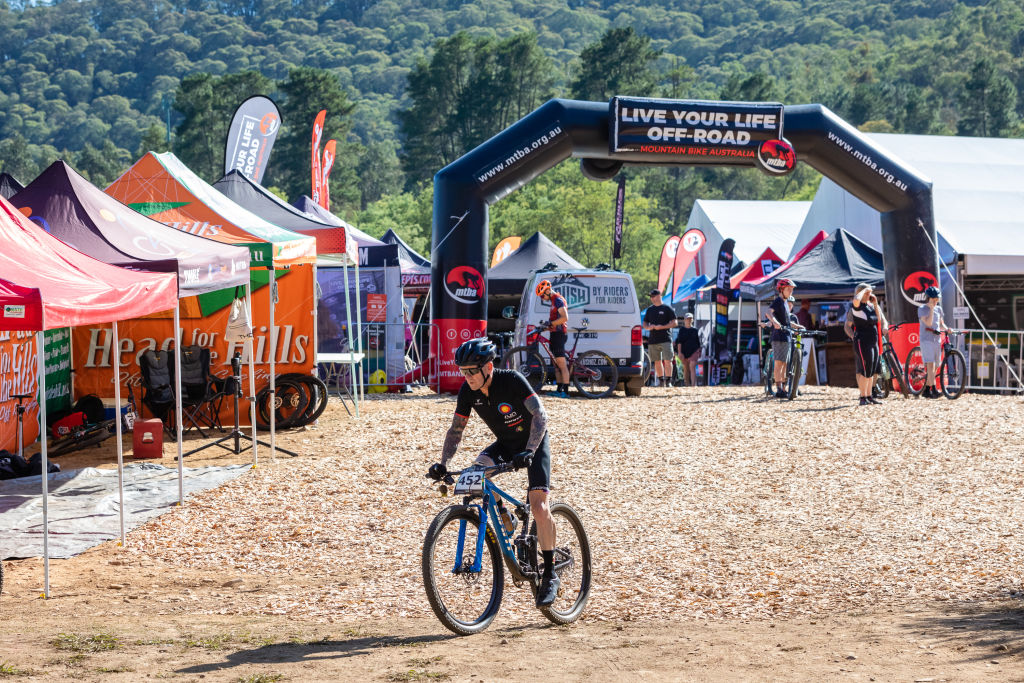
Castran’s John Castran had also pulled some strings to get the annual polo competition in Dinner Plain moving again, after the usual organisers pulled out.
Another event that drew massive crowds was an impromptu Katy Perry concert, the international pop star using the stage already set up by Brighter Days.
It wasn’t so much for attracting tourists as it was a treat for the town, but after the concert finished thousands of hungry locals descended on restaurants in the town looking for something to eat, and staff were run off their feet.
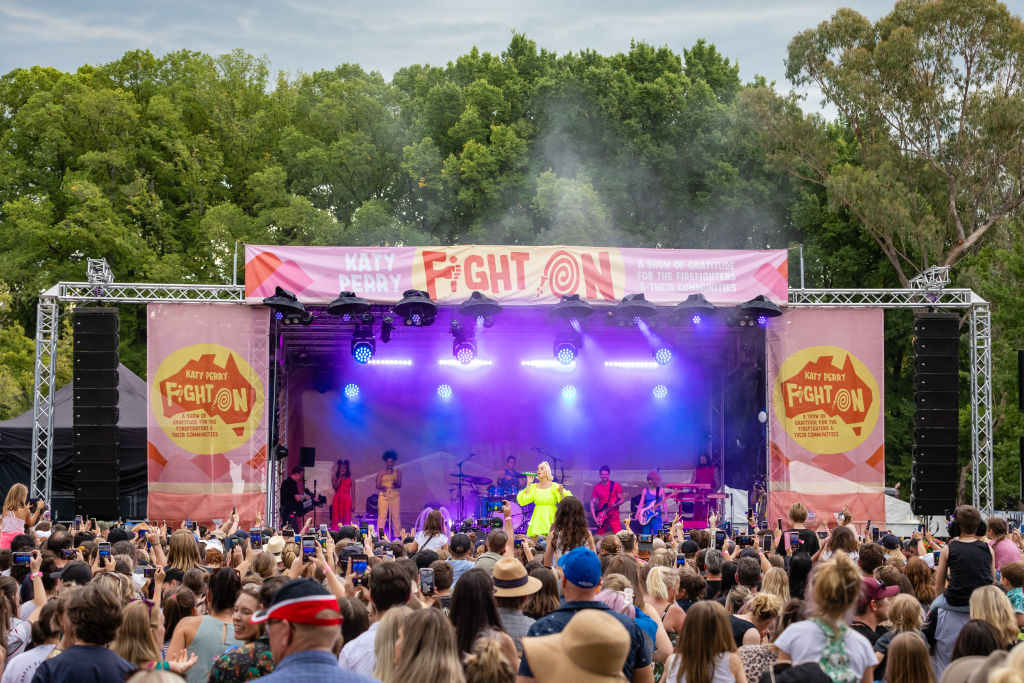
“Local communities, they really depend on tourism and that’s their economy – and I think there are many places like this right all over Australia,” Perry told the media before her show. “I’m here to kind of help give that message of gratitude to all of them.
“I definitely want to get out of the bigger cities and actually into the places that were truly affected.”
The boosts that Perry and other events gave the town and surrounds left a pervading sense of positivity.
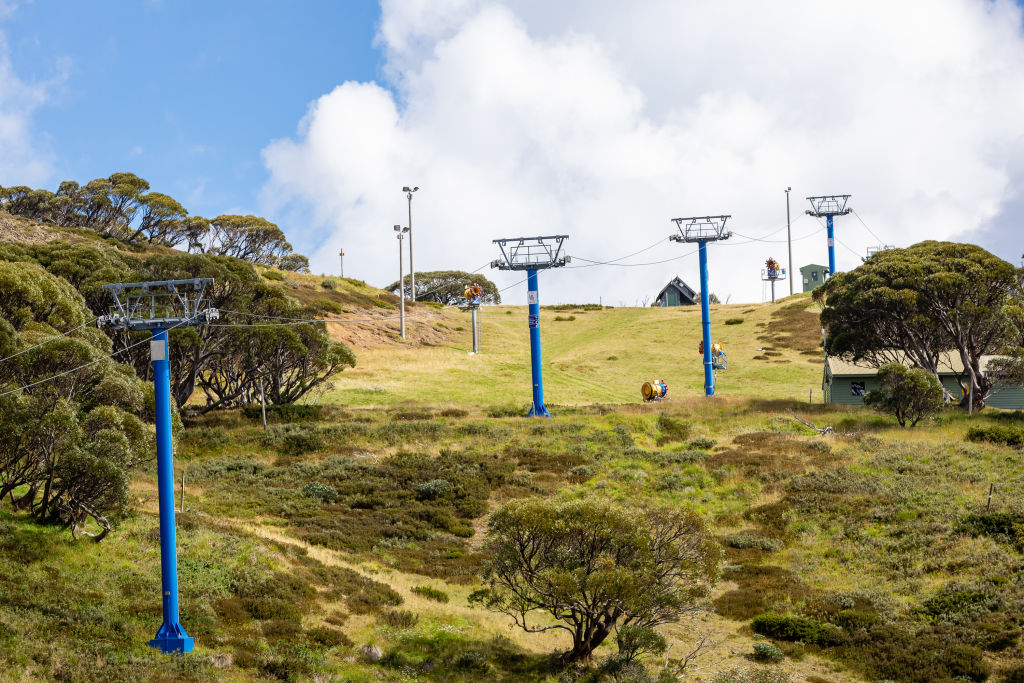
But any hopes the community had for busy autumn and winter seasons to counterbalance their lost summer are yet to come to pass.
Following the nationwide coronavirus lockdown in April and May, COVID-19-related restrictions on Mount Hotham ski lifts and other areas saw guests pulling out of Dinner Plain bookings, blaming the virus.
Alpine Getaways’ Simmone Nuemann said that to add insult to injury, the beginning of snow season had been poor. After the second lockdown in July, most of the ski lifts shut altogether.
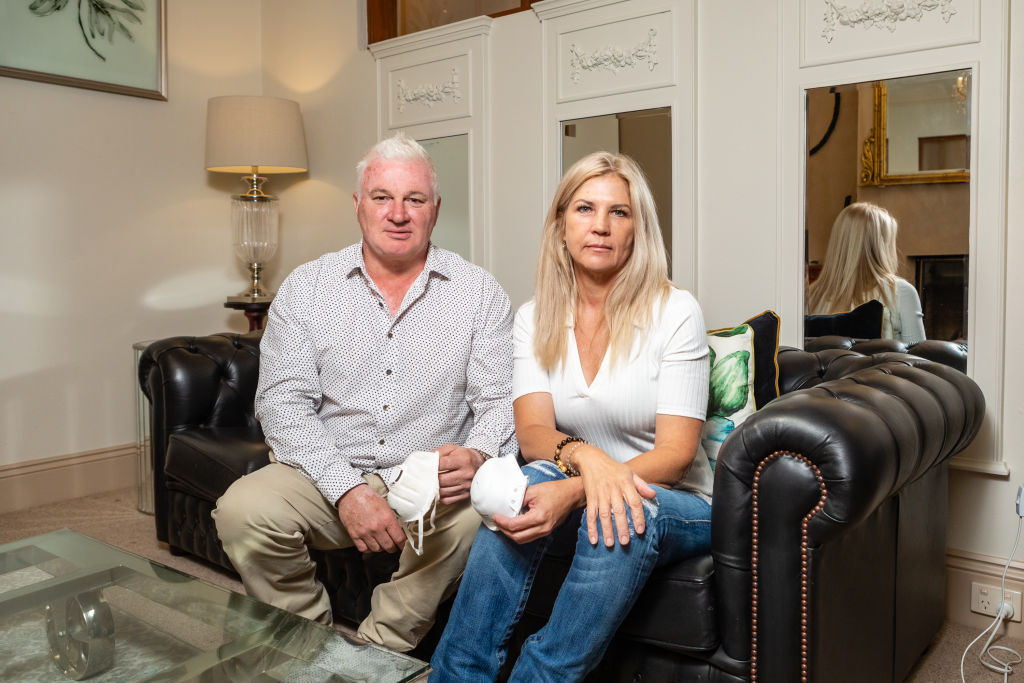
“People are scared and they’re using it as an excuse because there was no snow, but hopefully those things will change,” she said.
Ms Nuemann said a trifecta of issues meant business had all but disappeared for the third time this year.
“With the restriction on the border it wasn’t so bad then the restrictions from Melbourne happened … then the [ski] lift companies decided to stop which was a hit too,” she said. “We were going to rely on the regional customers but they’ve cancelled now that the lifts have shut.
“I’m a bit gutted.”
Emma Hinchcliffe said she’d lost almost all her business overnight again, despite doing a roaring trade between lockdowns.
“We’re 85 to 90 per cent down,” she said. “We feel like we’re sitting ducks and we’re gonna be told to go home as well, so we just hope it gets under control sooner rather than later.
“It’s the three biggest times of the year that we’ve missed.
“But … we saw it coming and it’s good to have a line in the sand and not to be waiting in limbo.”
Up by the Horn in March, David Chitty was contemplating climate change, and the change he was seeing on the mountain year by year.
“We’d always had a little bit of an issue with the weather … I’ve been here for nearly 40 years,” he said. “We’ve been noticing severe weather events are becoming much more common, for instance we [recently] had 240 millimetres of rain on Mount Buffalo.
“So you’re not only talking bushfires – you’re talking rain, you’re talking major snow events, where the snow clearers have trouble clearing the roads.”
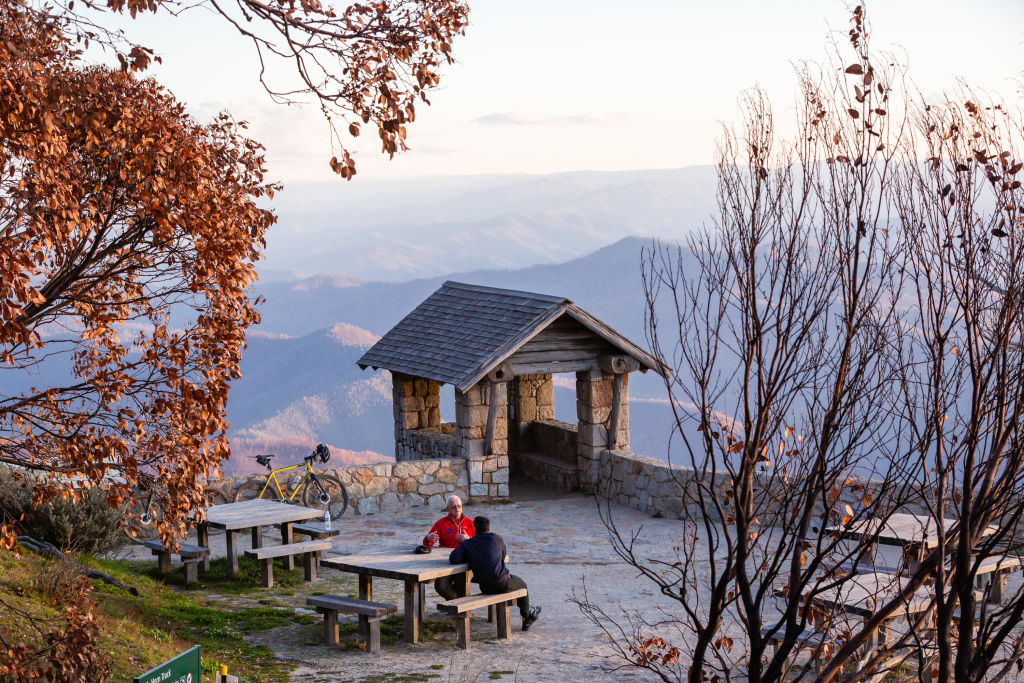
Mr Chitty is preparing for a more uncertain future by making sure he has enough savings to be a reliable buffer for his business. It has already come in handy once during the pandemic, with government support softening the blow.
Sitting at a cafe in July, he said he could already feel the impact of a more uncertain world.
“The cafe’s not selling much and we’re not hiring much [equipment] but that does happen on school holidays,” he said. “One of the things that Buffalo and the Victorian resorts are looking at is we’ve got no snowfalls.
“I’m looking across Dingo Dell, and there’s nothing.”
He was now preparing for more bad seasons over the next 12 months with renewed urgency.
“I’m assuming January will be crappy in some way so I’m putting away some money now and I’m planning there,” he said. “It’s a 50-50 if we’ll get fires or floods.”
We recommend
We thought you might like
States
Capital Cities
Capital Cities - Rentals
Popular Areas
Allhomes
More
